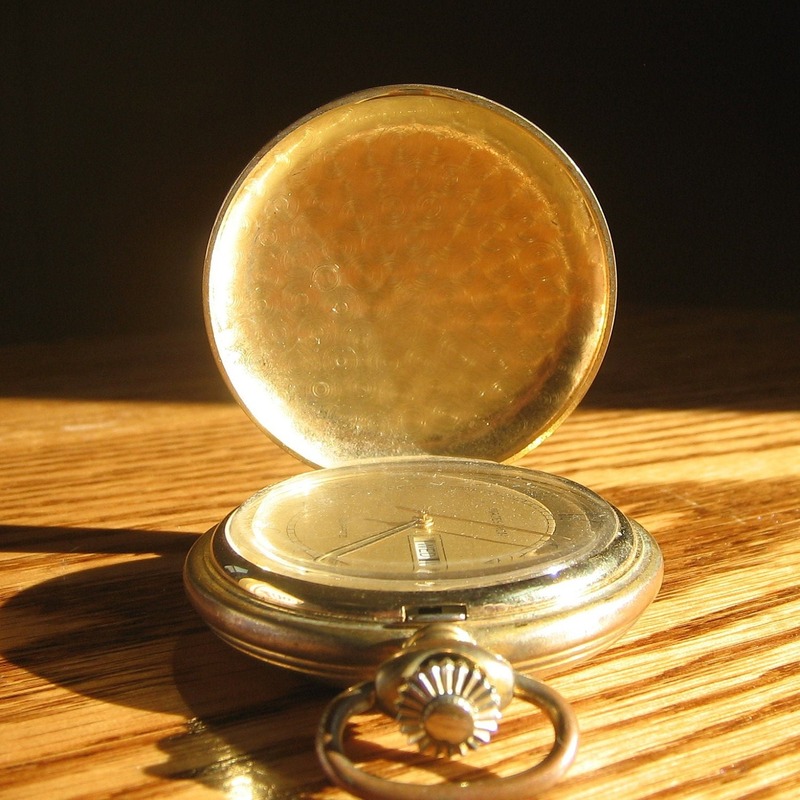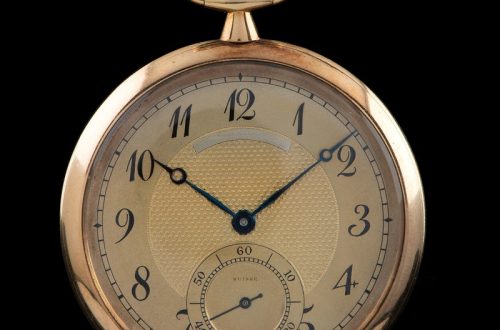Introduction to Pocket Watches
Pocket watches are timeless accessories that exude elegance and classic style. They are not just time-keeping devices; they are also symbols of craftsmanship and heritage. Originating centuries ago, pocket watches have evolved but still retain their unique charm. Today, many still appreciate the sophistication a pocket watch adds to one’s personal style. However, with their intricate designs, knowing how to wind a pocket watch correctly is essential. Proper winding ensures they run accurately and last for generations. As we explore the art of pocket watch care, we begin with the very basics: the mechanics behind their operation and the precision required to maintain them. Understanding the fundamentals sets the stage for mastering the skills needed to keep these exquisite timepieces ticking flawlessly.
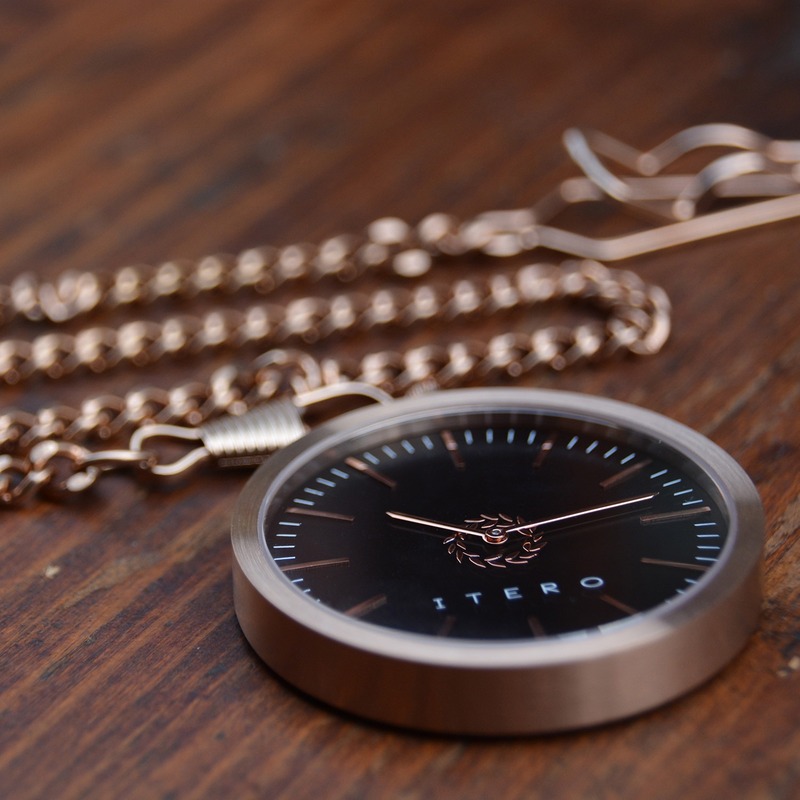
Importance of Proper Winding Techniques
Mastering the skill of how to wind a pocket watch is critical for several reasons. It ensures the longevity and precision of your timepiece. Pocket watches are intricate devices. They need careful handling to maintain their function and beauty over time. Incorrect winding can lead to various problems. These issues range from minor inaccuracies in timekeeping to serious damage to the movement.
When you apply the correct winding technique, you are taking an essential step in pocket watch care. A well-wound watch is more likely to keep accurate time and exhibit fewer performance issues. Moreover, it is a cost-effective practice. Proper care reduces the need for frequent repairs or maintenance. Remember, repairing a traditional pocket watch can be a delicate and expensive process.
Furthermore, consistent and appropriate winding can help avoid over-winding. This is a common problem that can damage the mainspring—a crucial component of the watch’s mechanism. The mainspring is responsible for storing energy. If damaged due to excessive force, the entire watch could stop functioning. Developing a regular winding routine also helps to minimize wear on the moving parts. This action can extend the life of your pocket watch significantly.
In addition, understanding the right winding techniques can help in preserving the watch’s value, both sentimental and monetary. Whether you are keeping your pocket watch as a family heirloom or considering its collectible worth, maintaining its pristine condition is paramount.
To wind a pocket watch correctly, one must be aware of its specific mechanism and operation. In the upcoming sections, we will provide a detailed guide on this process. This includes identifying the winding mechanism, determining the correct direction, and understanding how often to wind your pocket watch.
Step-by-Step Guide for Winding a Pocket Watch
Proper winding is a key aspect of pocket watch maintenance that every owner should master. Here’s a simple, step-by-step guide to help you through.
Identifying the Winding Mechanism
Pocket watches come with different types of winding mechanisms. Most vintage pieces feature a key-wind system where you use a small key to wind the watch. For modern watches, you typically find a crown or knob at the top or side of the watch. Once you locate this, gently pinch it between your thumb and index finger.
Determining the Winding Direction
To wind correctly, you need to know the right direction. For crown-wind watches, the standard direction is clockwise. Turn it away from you, feeling for a slight resistance. This indicates you’re winding it correctly. For key-wind varieties, the direction can vary, so consult the watch’s manual or a professional if unsure.
How Often to Wind Your Pocket Watch
Frequency is important. Wind your pocket watch once a day. Preferably at the same time each day to maintain its accuracy. Avoid over-winding; stop when you feel significant resistance. Most watches need about 15-20 turns daily to keep them running smoothly but check the manufacturer’s instructions for your specific watch.
Tips to Maintain Your Pocket Watch After Winding
After you wind your pocket watch, proper maintenance is key. This keeps your watch in top shape and prolongs its life. Here, we share some tips to maintain your pocket watch post-winding.
- Store Your Watch Carefully: Find a soft, dry place for your watch. Keep it away from moisture, dust, and extreme temperatures. A watch case or soft pouch is ideal.
- Clean Regularly: Use a soft, dry cloth to wipe your watch. Gently clean the watch face and case to remove fingerprints and dust.
- Avoid Magnets: Magnets can disturb your watch’s accuracy. Keep your watch away from electronic devices and magnets.
- Check for Wear: Inspect your watch often. Look for signs of wear or damage. This helps you catch issues early.
- Stay Consistent with Winding: Wind your watch at the same time daily. This helps maintain accuracy and ensures proper function.
- Handle with Care: Always be gentle with your watch. Rough handling can harm the intricate parts inside.
- Limit Exposure to Water: Unless your watch is water-resistant, avoid contact with water. Water can damage the watch mechanism.
- Schedule Regular Maintenance: Have a professional check your watch regularly. They can spot problems you might miss.
By following these tips, you can ensure that your pocket watch stays in excellent condition long after winding. Regular care and attention are essential for the longevity of these classic timepieces.
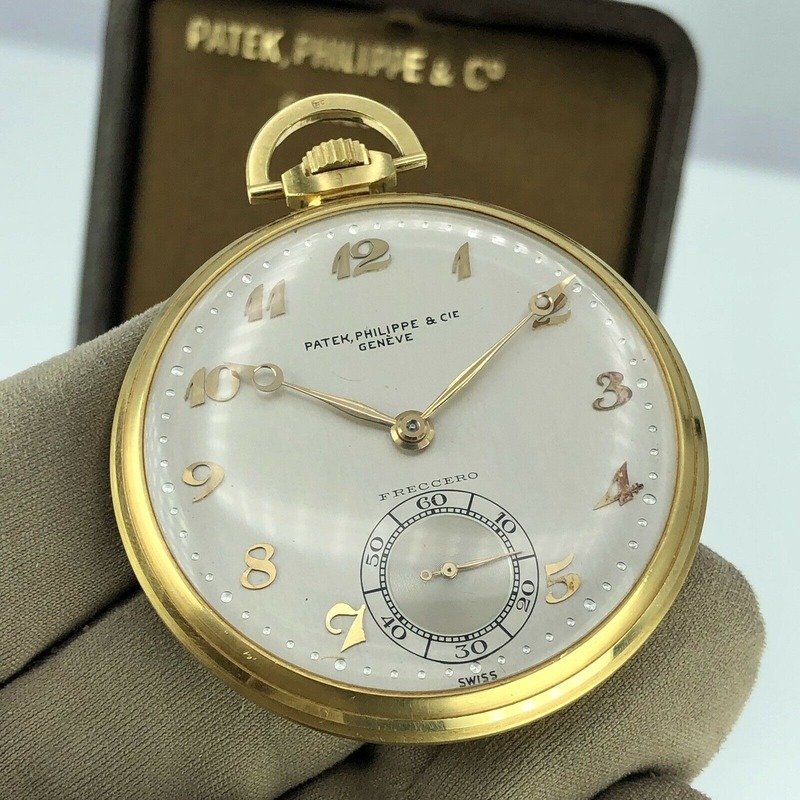
Common Mistakes to Avoid When Winding
When learning how to wind a pocket watch, you should be aware of common missteps. These can harm your pocket watch or affect its performance. Keeping it running right means avoiding these errors.
- Winding Too Tightly: Never force the crown or key. If you feel resistance, stop. Forcing it can break the mainspring. This is a costly fix.
- Incorrect Winding Direction: Always turn the crown clockwise. For key-wound watches, check the right way to turn. Going backwards can damage the gears.
- Inconsistent Winding: Wind your watch daily and at the same time. This keeps the timing accurate. Missing days can throw it off.
- Touching the Face or Hands: Keep fingers away from the watch face. Oils from your skin can tarnish the metal and cloud the glass.
- Rough Handling: Be gentle with your pocket watch. Jerky movements and rough care can jostle and harm the interior mechanics.
- Skipping Maintenance: Don’t ignore the need for regular checks. A professional can catch issues you can’t see. They ensure your watch stays in prime condition.
- Winding Without Care: Take your time when winding. Rushing can lead to mistakes. Slow and steady turns are best.
By avoiding these common mistakes, you’ll better protect your pocket watch. This ensures its longevity and keeps it accurate for years to come.
Innovations in Pocket Watch Winding Mechanisms
As we gaze into the future of timekeeping, pocket watches are not being left behind. Innovations in their winding mechanisms continue to make waves in the world of horology. Modern pocket watches now feature advancements aimed at enhancing user convenience, precision, and durability. Let’s take a closer look at these fresh developments.
- Automatic Winding: Some of the latest pocket watches are embracing automatic winding technology. This means they wind themselves as you move throughout the day. It’s a smart feature that keeps your pocket watch operational without daily manual winding.
- Improved Mainsprings: Manufacturers have introduced stronger and more durable mainsprings. These can store more energy, leading to longer times between winds. This upgrade is essential for maintaining consistent accuracy.
- Magnetic Resistance: New alloys and materials are used to reduce the effect of magnetism on watch movements. This means your pocket watch stays accurate even when exposed to magnetic fields from electronics.
- Digital Integration: Some pocket watches now come with digital interfaces that remind you to wind your watch. These smart features ensure you never forget a winding session.
- Ergonomic Crown Designs: Crowns are now designed with ergonomics in mind. They are easier to grip and turn, making the winding process smoother and more comfortable.
- Keyless Winding Systems: In an upgrade from traditional key-wind systems, some pocket watches now offer keyless mechanisms. This makes winding simpler and more efficient.
- Power Reserve Indicators: Handy indicators are now included on some watch faces. They show how much winding power is left. This helps you understand when to wind without guesswork.
These innovative features help ensure that antique charm doesn’t come with outdated mechanics. If you’re considering a pocket watch purchase in 2025 or beyond, look out for these modern enhancements that make maintenance a breeze.
When to Seek Professional Pocket Watch Maintenance
Just like any precision instrument, your pocket watch will need professional care at some point. Knowing when to seek out an expert can save you from committing irreversible damage and maintain your pocket watch’s perfect working order. Here are key situations that call for professional maintenance:
- Performance Issues: If you notice your pocket watch losing time or stopping, it’s time for a check-up.
- Over-Winding: Having difficulty winding? An expert can address a tight mainspring before it snaps.
- Water Damage: If your watch gets wet and is not water-resistant, a professional should look at it.
- Physical Damage: Dents or cracks can affect the movement. A specialist can assess the impact.
- Old Age: Vintage watches benefit from routine service to keep them operational.
- Cleaning: Never try to disassemble your watch. Professionals have the right tools and skills.
- Sound Changes: Listen for any unusual sounds when winding. A technician can identify the cause.
Even if you follow all the care tips and wind your watch correctly, wear and tear is natural. Don’t hesitate to consult with a professional watchmaker when in doubt. A regular maintenance schedule, ideally every 3 to 5 years, can keep your timepiece in top-notch condition for generations to come.
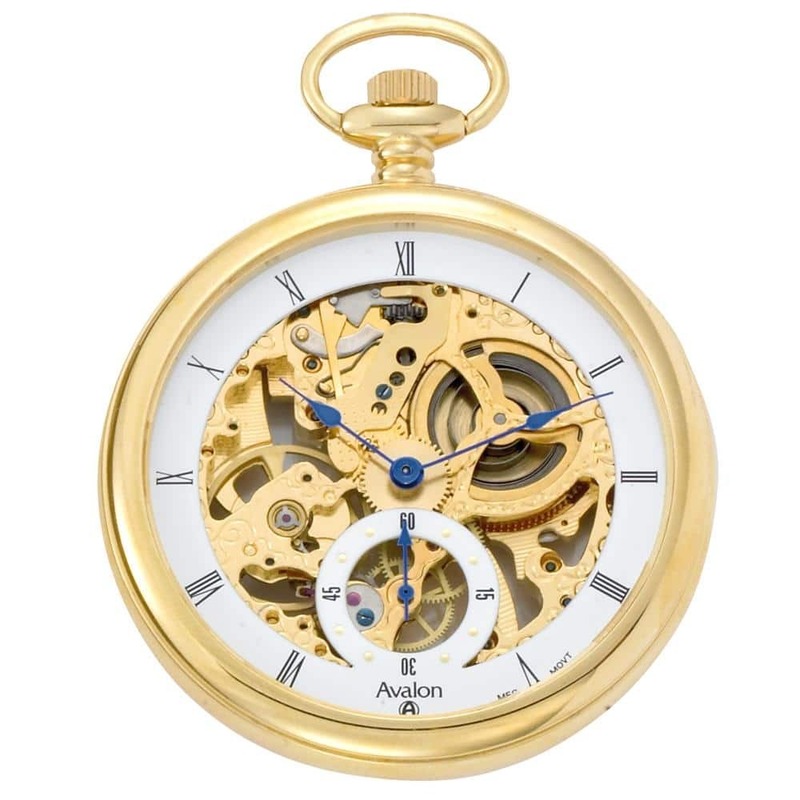
Conclusion: The Significance of Pocket Watch Care
Wrapping up, mastering how to wind a pocket watch holds great value. It’s not just about daily routine. It’s about cherishing a piece of history, quality, and art. A pocket watch links us to the past and its traditions. Each turn of the crown respects that heritage. Proper care means that the watch can tell time for years. Or even better, it can be an heirloom passed down through generations.
Learning the right winding techniques is crucial. It ensures your pocket watch runs smoothly and stays accurate. This small effort can save you from costly repairs and keep your watch’s value.
By now, you know the basics of winding and maintenance. Remember to store, handle, and clean your pocket watch with care. Wind it daily, watch for wear, and avoid common errors. And if facing any issues, seek out a professional’s help. It’s better to be safe than sorry.
In 2025, pocket watches mix old charm with new tech. New mechanisms make maintenance easier. But the principles of care remain the same. Whether your watch is an antique or a new model, treat it with respect.
For all pocket watch enthusiasts and owners, evolving your care routine is key. Stay informed on innovations. Keep up with the proper care steps. And always treasure the elegance and legacy your pocket watch represents.
